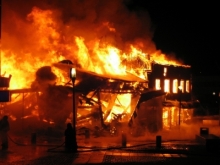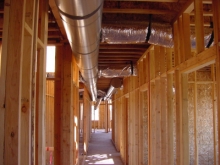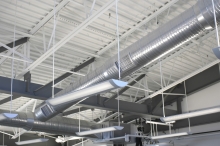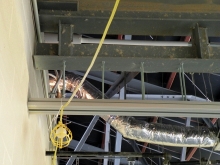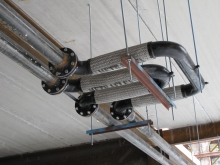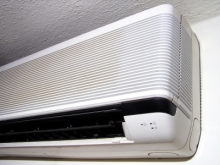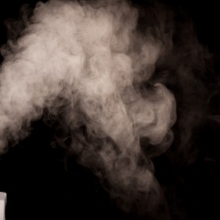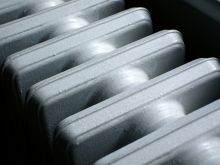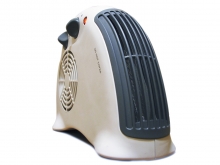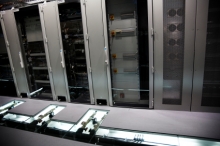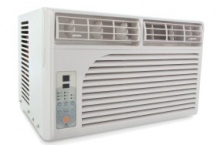Expansion fittings and loops may be required in any piping system which contains fluids with temperatures elevated above normal room temperature. Most piping in commercial systems is comprised of metals; common piping materials include copper, black iron, steel and stainless steel. When heat is applied to metal, it undergoes thermal expansion. The rate of expansion depends upon the metal and the heat being applied. In piping, there are two directions in which thermally expansion can take place:ácircumferential and longitudinal. Circumferential lengthening is negligible and therefore is not a concern. But longitudinal expansion, depending on how long a pipe isárun, can be several inches or more. Because piping is rigid, if the change in length is notáprovided for via expansion fittings or loops, the pipes can shear the connections and causeáruptures. Different metals expand at different rates, but all expand with the addition of heat. Expansion fittings and loops allow the piping to expand without failure.
